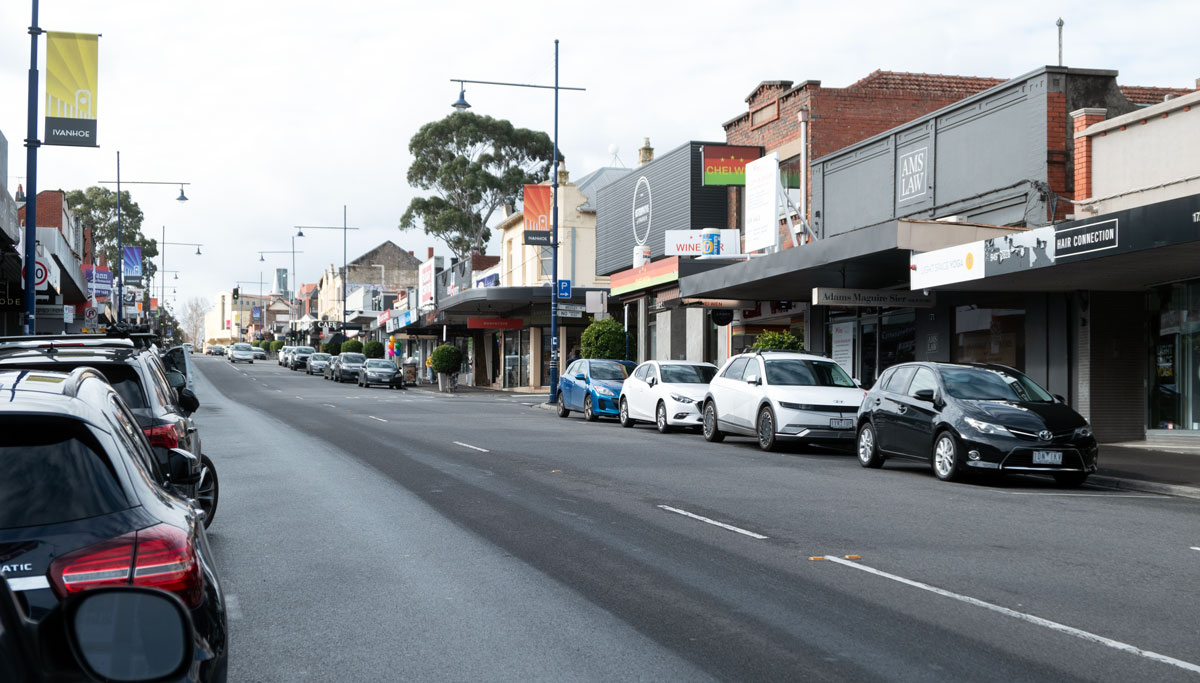what priority given to urban aesthetics?

The October 2024 local government elections provide Melbourne residents with the opportunity to examine the record of their councillors on the key issue of development and the reshaping of the amenities and aesthetics of their suburbs, the place they have chosen to invest in for the rest of their lives.
It will be a good time to test whether developer lobbyists have completely overridden the aspirations of residents. What are the development priorities of our councillors?
Local politicians when interviewed about the state government decisions to increase the residential density within their areas often adopt a fence sitting attitude to residents. This was very evident in an article in The Age (19th July 2024) when local pollies spoke about how the residents resisted developments.
There was very little in their responses that indicated that they were elected to represent these communities or that they understood why residents opposed particular style of developments.
Much is made in the press of the size of the targeted increases in residential accommodation being set out by the Victorian state government, which for some areas is an increase of over 80% by the year 2050. These announcements were followed through by government aligned university experts and urban advocates who translated these targets to one solution, being loads of high-rise apartment towers.
Such simplistic solutions, tower blocks crammed onto available sites, are what most developers dream about for the simple reason that this delivers maximum yield, being huge profit margins. They love town cramming as encouraged by state governments. Government planners are now more skilled at town cramming rather than the previous honoured professions of urban, social and town planning.
When spoken about in the press by politicians, residents are usually portrayed as reactionaries who oppose developments. The reality is that the majority of resident’s groups are well informed and are aware that changes are inevitable. Residents mostly agree with having new housing close to transport hubs.
The debate that rarely happens is to how to implement neighbourhood changes without taking away what brings people into the neighbourhood, and in some cases influences their decisions to stay as long as life allows.
What resident’s groups see as missing from most development proposals, is a vision and requirement for good design, both in landscape and in architecture. More intensification, being more people packed into suburban areas near transport hubs, requires an increase, not decrease, in open spaces, parks and greenery. Short term thinking councillors are condemning new residents to unliveable heat island precincts that will require high energy use to survive the coming climate changes. It is rare to see sustainability measures as the priority.
Things are not helped by politicians who use media photo-ops to disguise their lack of commitment to residents. This was evident in the article mentioned above when the state member, previously a local councillor, stood with the Ivanhoe high street shops behind him. If the camera had moved slightly to the right, his background would have been an eight-storey tower block that was approved by a previous council. It is an example of what not to approve if you were interested in how a high street may look in the future.
What too many local politicians and their friendly lobbyist do not want to talk about is that infill can happen while keeping the basics of the suburban ambience intact. It is possible to achieve the required development targets around transport hubs and to do this while maintaining a human scale in design as well as delivering on climate ready urban design.
These inner suburbs have for decades, back to the 1930s, had apartments blocks and units built in as part of the urban fabric. Everyone knowns that for the high streets businesses to survive, there needs to be more small to medium scale multi-unit developments across all the inner suburbs. But to put it simply, do not build crap!
For the inner suburbs to remain attractive and to be good places to raise families, it requires local politicians to work honestly and openly with their communities to explore alternatives to mindless town cramming through blocks of bland box residential towers that occupy the skyline.
The Bell Street hills west of the Heidelberg provides the clue as to what will happen to so many precincts around transport hubs if councillors sit on the fence and not do their jobs to represent the aspirations of their constituents.
Developers will always do what they are allowed to do and their version of tower blocks definitely is not about good design, 21st century urban planning and the urgent need to deliver climate ready residential precincts.